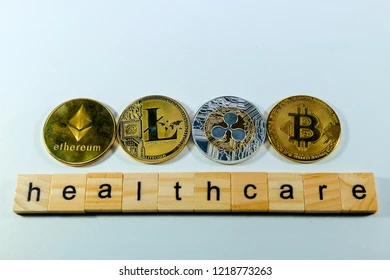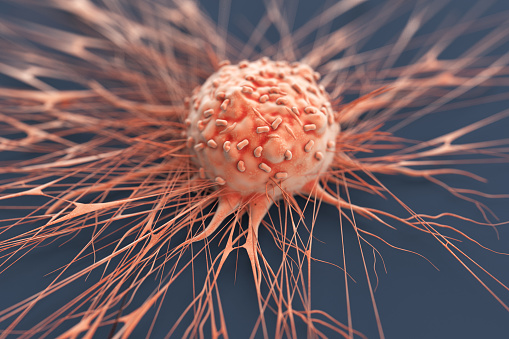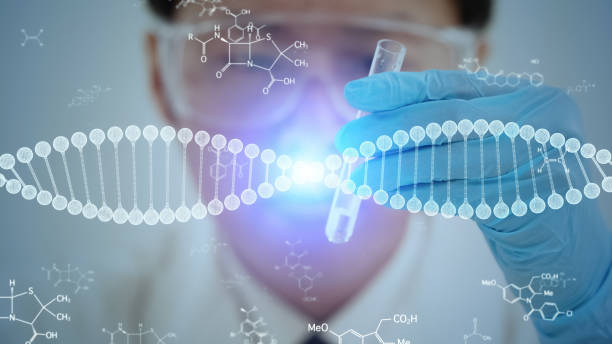Health Benefits of Copper
The health benefits of copper are crucial for an overall healthy existence, as this mineral enables a normal metabolic process in association with amino acids and vitamins. It cannot be produced by the body and therefore needs to be added from external food sources.It is the third most prevalent mineral in the body and is mostly carried by the blood plasma protein, ceruloplasmin. In order to enjoy the health benefits, it must be included in the daily diet, as it is used up in daily bodily processes.
Important Sources of Copper
It is present in various food sources including liver, meat, seafood, beans, whole grains, soy flour, wheat bran, almonds, avocados, barley, garlic, nuts, oats, blackstrap molasses, beets, and lentils. It also enters the human body through drinking water in copper pipes and by using copper cookware. Oysters are the richest sources. Copper content is lost because of prolonged storage of food in tin cans and in foods that are high in acid content.

Symptoms of Copper Deficiency
A deficiency of copper can have the following symptoms in human beings:
- Anemia
- Low body temperature
- Brittle bones
- Osteoporosis
- Dilated veins
- Low white blood cell count
- Uneven heartbeat
- Elevated cholesterol levels
- Low resistance to infections
- Birth defects
- Low skin pigmentation
- Thyroid disorders
Other symptoms include lethargy, paleness, sores, edema, stunted growth, hair loss, anorexia, diarrhea, bleeding under the skin, and dermatitis. In infant boys, inherited copper deficiency of the rare Menkes’ syndrome can happen, where natural absorption of copper becomes impossible. Early medical intervention is essential in such cases.
Health Benefits of Copper
Skin Care
It is an important nutrient that plays a significant role in the synthesis of hemoglobin, myelin, body pigment melanin, and collagen. It helps to protect the myelin sheath surrounding the nerves and is also actively involved in the production of elastin, an element of connective tissue that keeps the skin flexible.This also keeps your skin from looking older, by keeping it flexible and less prone to sagging and wrinkles.
Brain Stimulant
It is widely known as a brain stimulant, which is why foods rich in this element are often classified as “Brain Foods”. However, copper content in the diet has to be in sufficient proportions, because too much of it is also not healthy for the brain. It has a control function to play in the brain, so the amount of copper supplementation has to be balanced. It has been associated directly with higher thought processes, particularly in relation to the impact of its transporter protein,Studies have shown a direct link between its content within the brain and creative or out of the box thinking, showing that it enables neural pathways to develop in unique ways.
Increases Energy Production
It is essential for the synthesis of adenosine triphosphate, which is an energy storehouse of the human body. The cuproenzyme, cytochrome c oxidase, affects intracellular energy production. It acts as a catalyst in the reduction of molecular oxygen to water, during which the enzyme produces an electrical gradient used by the mitochondria to synthesize the vital energy-storing molecule, ATP. Therefore, when we have enough of this element in our bodies, we will have enough functional and accessible energy to get through the day without feeling lethargic or tired.
Prevents Growth of E. Coli
Studies have shown that it can destroy or inhibit the growth of bacterial strains such as E Coli. It also boosts the immune system and prevents excess energy from being expended fighting off the infections.
Improves Thyroid Health
It plays an important role in ensuring the proper function of the thyroid gland However, an excess amount is also a major cause of thyroid malfunction, so you need a very balanced level of copper in the blood or else hormonal activity will be imbalanced, and you can develop symptoms of either hypothyroidism or hyperthyroidism.
Promotes Formation of RBC
It is essential in the production of red blood cells (RBC), hemoglobin, and bone matter. This is because it is partially responsible for the efficient uptake of iron from food sources.






